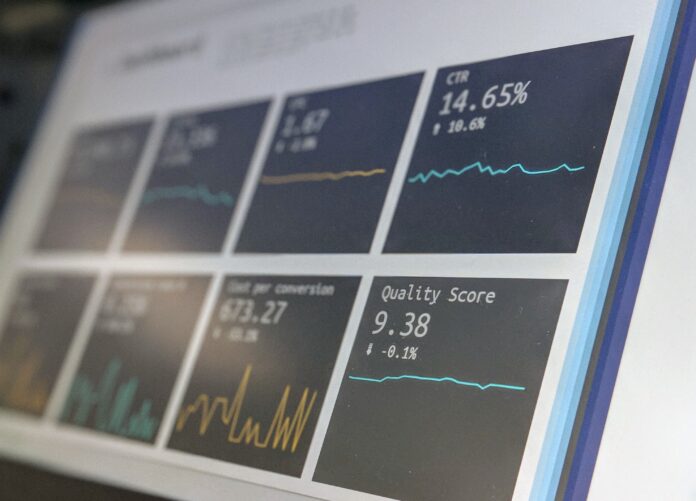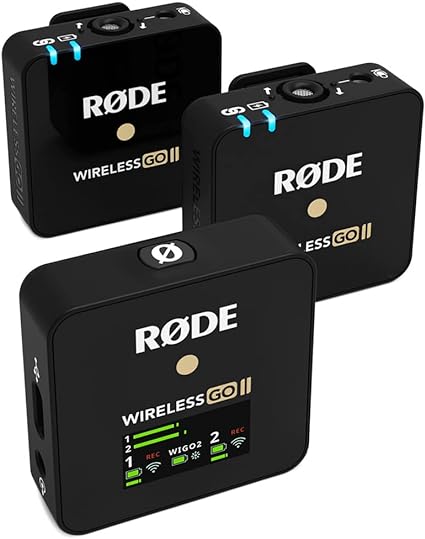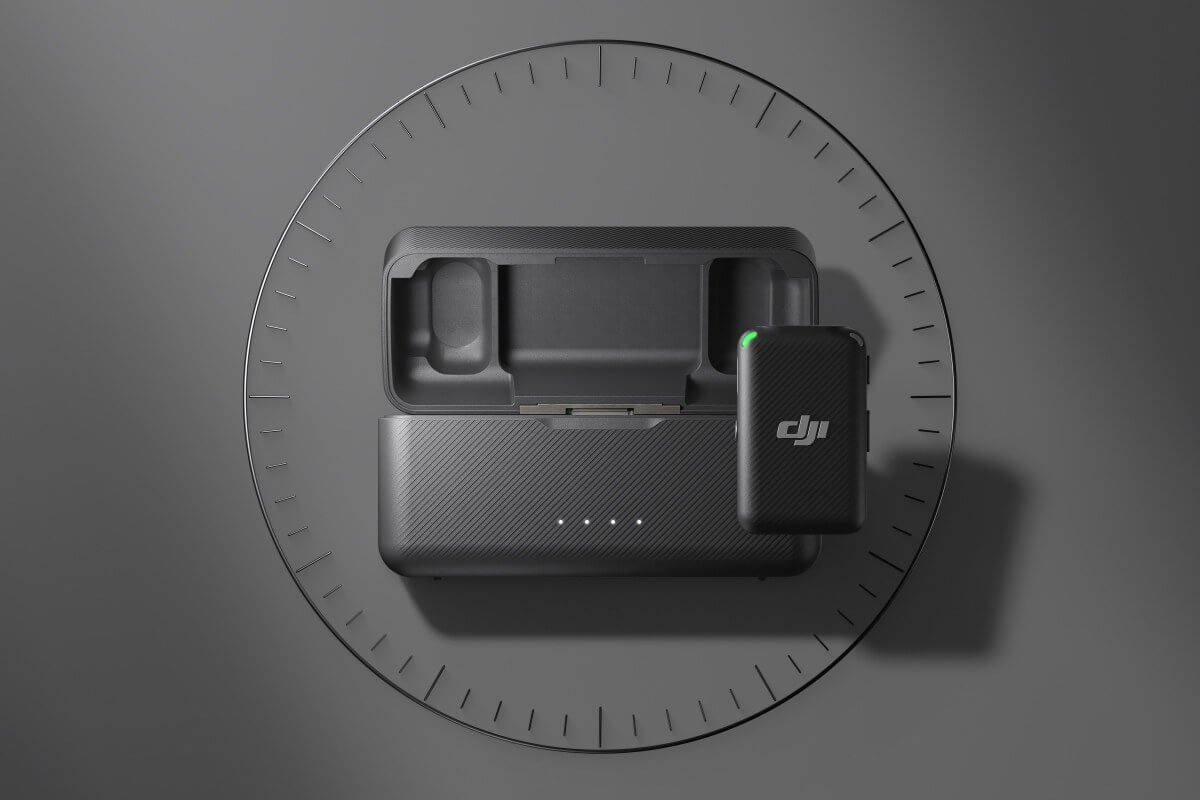The Raspberry Pi has revolutionized the world of single-board computers since its initial release in 2012. Powered by Arm systems on a chip, this compact device boasts a range of features such as USB ports, HDMI output, Ethernet port for networking, and more. Tech hobbyists worldwide have leveraged the incredible capabilities of Raspberry Pi to create media servers, retro game consoles, robotics projects, and more. The device has become famous for beginners to learn about coding and networking.

In addition, companies have started using Raspberry Pi as industrial controllers or thin clients for offices, thanks to its flexibility and cost-effectiveness. Despite its immense popularity, there have been shortages of Raspberry Pi due to supply chain issues and high demand.
It’s a game-changer in every sense. The latest Raspberry Pi family is not just an upgrade from its predecessors. It’s a remarkable device that redefines what we thought was possible. With custom silicon, advanced performance, and an array of new features, set to take the world by storm.
In this article, we’ll take a deep dive into the specifications, features, and capabilities of this exciting new device. Whether you’re an experienced tech enthusiast or a beginner, it will capture your imagination. So, could you read on to discover what makes this mini-computer unique and why it needs your attention?
Table of Contents
Raspberry Pi 5 is finally: What’s New pi?
Raspberry Pi 5, the latest device from the Raspberry Pi Foundation, was recently launched to the delight of tech enthusiasts. This device is available in two models: a 4GB version priced at $60 and an 8GB variant priced at $80. It’s powered by a 64-bit quad-core Arm Cortex-A76 processor that runs at a high speed of 2.4GHz, delivering exceptional performance.

One of the most substantial upgrades in the Raspberry Pi 5 is the new single-lane PCIe 2.0 interface, which offers lightning-fast data transfer speeds. This device is equipped with Wi-Fi 5 update, Bluetooth 5.0, and Bluetooth Low Energy, making it ideal for users who require high-speed connectivity. The Gigabit Ethernet enables faster networking, making it an excellent option for home and office use.
Raspberry Pi 5 is also equipped with two micro-HDMI ports, which deliver a stunning display quality of up to 4K resolution. These ports allow users to connect two displays at once, making it a great option for those who work with multiple screens.
Despite the higher entry price, buyers can still opt for the older Raspberry Pi 4, which is available in 1GB, 2GB, 4GB, or 8GB of RAM configurations. It’s advanced features and powerful performance, is undoubtedly a significant upgrade over its predecessor and a great option for those looking for a high-performance device.
Silicon and Performance: A Leap Forward
Raspberry Pi 5 model is a significant milestone in the Raspberry Pi series, as it’s the first full-size Raspberry Pi to use custom silicon called RP1. The RP1 is a southbridge chip that handles I/O functions and replaces some of the functions previously handled by the main system on a chip. Earlier Raspberry Pi models used an I/O controller from a third-party company, but the RP1 replaces most of the analog components of the main SoC, such as GPIO and associated low-speed peripherals, Ethernet MAC, MIPI CSI/DSI, and analog TV.

The RP1 leaves HDMI, SDRAM, and PCI Express on the main SoC to talk to RP1 and external devices. Raspberry Pi CEO Eben Upton explained that “It takes the ‘I/O controller’ socket, which in previous generations was occupied by parts from Microchip (LAN9512, LAN9514, LAN7515) or Via Labs (VL805).”
Moreover, the Raspberry Pi Pico is another example of a custom chip from Raspberry Pi, a versatile microcontroller board for IoT devices, light displays, manufacturing processes, and more. However, the significant step towards controlling more of its components, as it has achieved a scale that justifies such projects in terms of unit economics.
Comparing Raspberry Pi 5 and Raspberry Pi 4
One of the most notable features of the Raspberry Pi 5 is its in-house silicon design, which means it’s been designed entirely by the Raspberry Pi team. This allows for better control over the hardware and software integration, resulting in a more seamless user experience. Another exciting addition is the PCIe 2.0 interface which opens up new possibilities for faster data transfer and expanded storage options.
Additionally, it comes with a real-time clock that enables more precise timing and scheduling capabilities. Both models continue to support USB-C for power, but the Raspberry Pi 5 offers an option for a more powerful 27W USB-C Power Supply.
Overall, Pi 5 is a more advanced and feature-rich device than its predecessor, offering a multitude of upgrades that are sure to impress users who are looking for improved performance and enhanced connectivity options.
| Feature/Specification | Raspberry Pi 4 | Raspberry Pi 5 |
|---|---|---|
| Processor | Quad-core Cortex-A72 @ 1.5GHz | Quad-core Cortex-A76 @ 2.4GHz |
| RAM Options | 2GB, 4GB, 8GB | 4GB ($60), 8GB ($80) |
| Connectivity | 2.4 GHz and 5.0 GHz wireless, Bluetooth 5.0, BLE, Gigabit Ethernet | Dual-band 802.11ac Wi-Fi, Bluetooth 5.0/BLE, Gigabit Ethernet with PoE+ |
| USB Ports | 2 USB 3.0, 2 USB 2.0 | 2 USB 3.0, 2 USB 2.0 |
| Video & Sound | 2 × micro HDMI (4Kp60), 2-lane MIPI DSI & CSI, 4-pole stereo audio | Dual 4Kp60 HDMI, VideoCore VII GPU, 4Kp60 HEVC decoder, 2 × 4-lane MIPI |
| SD Card Support | Micro-SD slot | High-speed microSD with SDR104 |
| Power | USB-C | USB-C, option for 27W supply |
| Additional Features | – | In-house silicon design, PCIe 2.0, 40-pin GPIO, Real-time clock, Power button |
Raspberry Pi OS and Software Enhancements
The Raspberry Pi Foundation has introduced the Pi 5 along with a significant update to the official operating system designed for Raspberry Pi devices, known as the Raspberry Pi OS. This new version is built upon the latest release of Debian, dubbed “Bookworm,” and its derivative, Raspbian. The update comes with many enhancements that promise to improve the user experience.
One of the major changes is the replacement of the X11 display server with the Wayfire Wayland compositor, which is specifically designed for Raspberry Pi 4 and 5. This shift is expected to result in a more efficient and modern graphical user experience, including smoother animations, better handling of high-resolution displays, and improved multi-monitor support.

The new Raspberry Pi OS is set to be released in mid-October and will be the only officially supported first-party operating system for the Raspberry Pi 5. This strategic move indicates that the Raspberry Pi Foundation is making sure that the software is fully optimized to take advantage of the new hardware’s capabilities. Users are advised to keep an eye on updates as more details about the new OS will be revealed. The OS will be available for download just before the Raspberry Pi 5 is released towards the end of October.
In conclusion, the Raspberry Pi Foundation is committed to delivering an outstanding user experience by pushing the limits of both hardware and software. The transition to Wayland and the updates based on Debian “Bookworm” demonstrate the foundation’s dedication to providing a seamless and enhanced user experience.
Why Use Raspberry Pi 5?
From serving as a media server to powering robotics projects, the Raspberry Pi 5’s versatility is unmatched. Its enhanced specifications make it ideal for both personal and industrial applications, offering users a platform that’s both powerful and affordable.
The Raspberry Pi 5 is a highly versatile and cost-effective computing device that can be utilized for a wide range of applications. Its enhanced performance, improved connectivity, upgraded graphics, and extended memory offer great value for its price. In addition, it is eco-friendly and comes with an updated operating system, community support, and advanced educational tools, making it an excellent choice for anyone looking for a powerful and reliable computing solution.
Raspberry Pi 5 Hardware: A Closer Look
The Raspberry Pi 5 is the latest version of the Raspberry Pi series and comes with several significant hardware improvements. It features a brand-new 16-nanometer application processor that incorporates a quad-core 64-bit Arm Cortex-A76, clocked at 2.4GHz. The processor’s performance is further bolstered by the presence of a Broadcom VideoCore VII GPU that supports two simultaneous 4Kp60 HDMI displays. Moreover, the Raspberry Pi 5 comes with a wide range of I/O functions, thanks to its I/O controller, RP1. The controller provides a plethora of functions, making it easier to connect to other devices and peripherals. The Renesas “Gilmour” power-management IC (PMIC) ensures efficient power management, which effectively reduces energy consumption and prolongs the device’s battery life.

Despite all these enhancements, the Raspberry Pi 5 retains the credit-card-sized footprint of its predecessors. However, the new version introduces some design changes, such as the FPC connectors for MIPI interfaces, which replace the four-pole composite video and analogue audio jack. These connectors offer better signal quality and faster data transfer rates.
Overall, this machine is a powerful and efficient computing device that delivers exceptional performance. Its impressive hardware specs and new design changes make it an excellent choice for everyone who wants to build DIY projects, experiment with IoT devices, or even run small-scale servers and workstations.
Conclusion
The Raspberry Pi 5 is the latest offering from the Raspberry Pi Foundation, providing a powerful yet affordable computing platform. It features in-house designed silicon, disaggregated chiplet architecture, and an I/O controller designed by the Raspberry Pi team. The Raspberry Pi 5 is not just about faster speeds or more memory; it caters to the evolving needs of its diverse user base. The revamped Raspberry Pi OS promises a slew of enhancements and features, ensuring that users get the best software experience to complement the hardware prowess of the Raspberry Pi 5.
FAQs (Frequently Asked Questions):
1. What is Raspberry Pi 5?
Raspberry Pi 5 is the latest iteration of the popular mini computer developed by the Raspberry Pi Foundation. It is the successor to Raspberry Pi 4.
2. What are the key features of Raspberry Pi 5?
Raspberry Pi 5 comes with several new features, including a more powerful ARM Cortex-A76 processor, upgraded GPU (VideoCore VII), improved connectivity options like USB-C power supply and USB 3.0 ports, and a revamped design with a new case.
3. Can I use my existing Raspberry Pi accessories with Raspberry Pi 5?
Yes, most of the accessories that are compatible with previous Raspberry Pi models, such as cameras, displays, and GPIO add-ons, should work with Raspberry Pi 5 as well.
4. When will Raspberry Pi 5 be released?
The exact release date of Raspberry Pi 5 has not been announced yet, but it is expected to be available by the end of October.
5. What is the processor used in Raspberry Pi 5?
Raspberry Pi 5 is powered by a 64-bit quad-core ARM Cortex-A76 processor, which offers improved performance compared to its predecessors.
6. How much RAM does Raspberry Pi 5 have?
Raspberry Pi 5 is likely to come with different RAM options, ranging from 2GB to 8GB, providing users with flexibility according to their needs.
7. Does Raspberry Pi 5 have a power button?
No, it does not have a dedicated power button. It can be powered on/off by connecting/disconnecting the power supply.
8. What operating system can I run on Raspberry Pi 5?
It is compatible with various operating systems, including the official Raspberry Pi OS (previously known as Raspbian), as well as other popular distributions like Ubuntu, Fedora, and more.
9. How many GPIO pins does Raspberry Pi 5 have?
The Raspberry Pi 5 GPIO pins are essential for hobbyists, developers, and educators as they enable the Raspberry Pi to interact with the external environment. The 40-pin GPIO header layout of the Raspberry Pi 5 is consistent with the layout since the Raspberry Pi Model B+.














































































